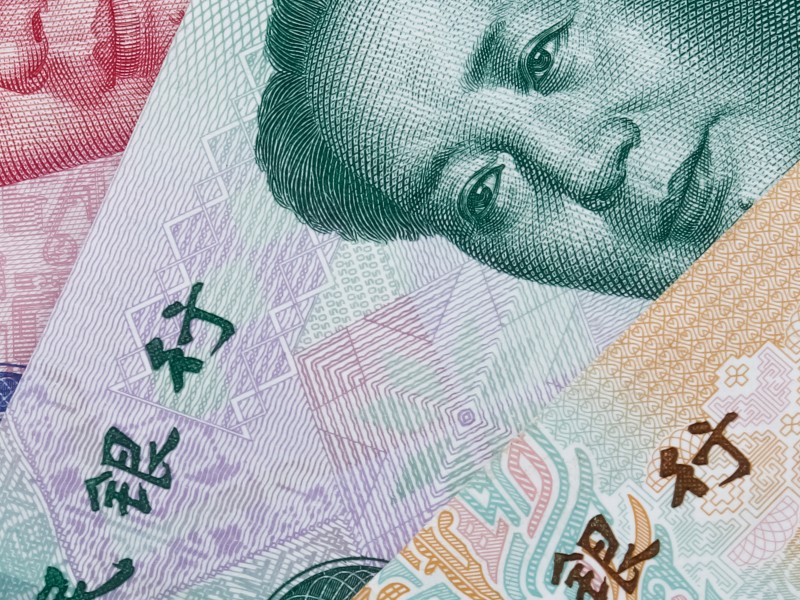
At the start of April, the Bloomberg Barclays Global Aggregate Index started including Chinese bonds.
“Adding China to a benchmark global bond index – with two more global indexes likely to follow suit – will attract many investors to China’s domestic bond market, some for the first time,” said Kenneth Ho, managing director and head of Asia credit strategy at Goldman Sachs in a newsletter. “The market has grown rapidly over the past decade, reaching $11 trillion at the end of 2019 from $1.6 trillion at the end of 2008. Yet foreign investors own just two per cent of the debt. Global investors in the past were held back by capital restrictions, hedging difficulties and insufficient market liquidity, among other factors.”
Index inclusion will be a key driver of an estimated US$1 trillion added to China’s bond market over the next decade, he said.
“We see a number of benefits to China having a more sophisticated bond market,” said Ho. “Historically, China’s economy has been over-dependent on bank lending. Having access to the bond markets gives borrowers a more diversified source of funding, reduces the burden on domestic financial institutions and provide savers more instruments in which to put their money.”
Invesco’s annual global fixed income study in 2019 found that allocations to Chinese fixed income are growing, with bolstered access and transparency pushing the trend.
The study found most investors allocating to China are doing this as part of a long-term trend, rather than making short-term, tactical allocations.
Sovereign wealth funds were by far the most keen on the area, with 78 per cent engaging with Chinese fixed income. The study noted this is largely due to the greater freedom in investment policy these funds enjoy compared to pension funds, for example. Meanwhile, there was significant interest from pensions with 37 per cent of defined benefit pension plans engaged, followed by defined contribution at 40 per cent, the study found.
“At a time when the local currency has been falling and yield spreads narrowing, interest in Chinese fixed income ought to be waning, however, this hasn’t been the case,” the report read. “The low return environment has been a prominent issue for insurers and defined benefit pension funds in particular, major investors with current and future liabilities to fund. . . .This has led investors to search outside typical core fixed income allocations to meet their return objectives.”
